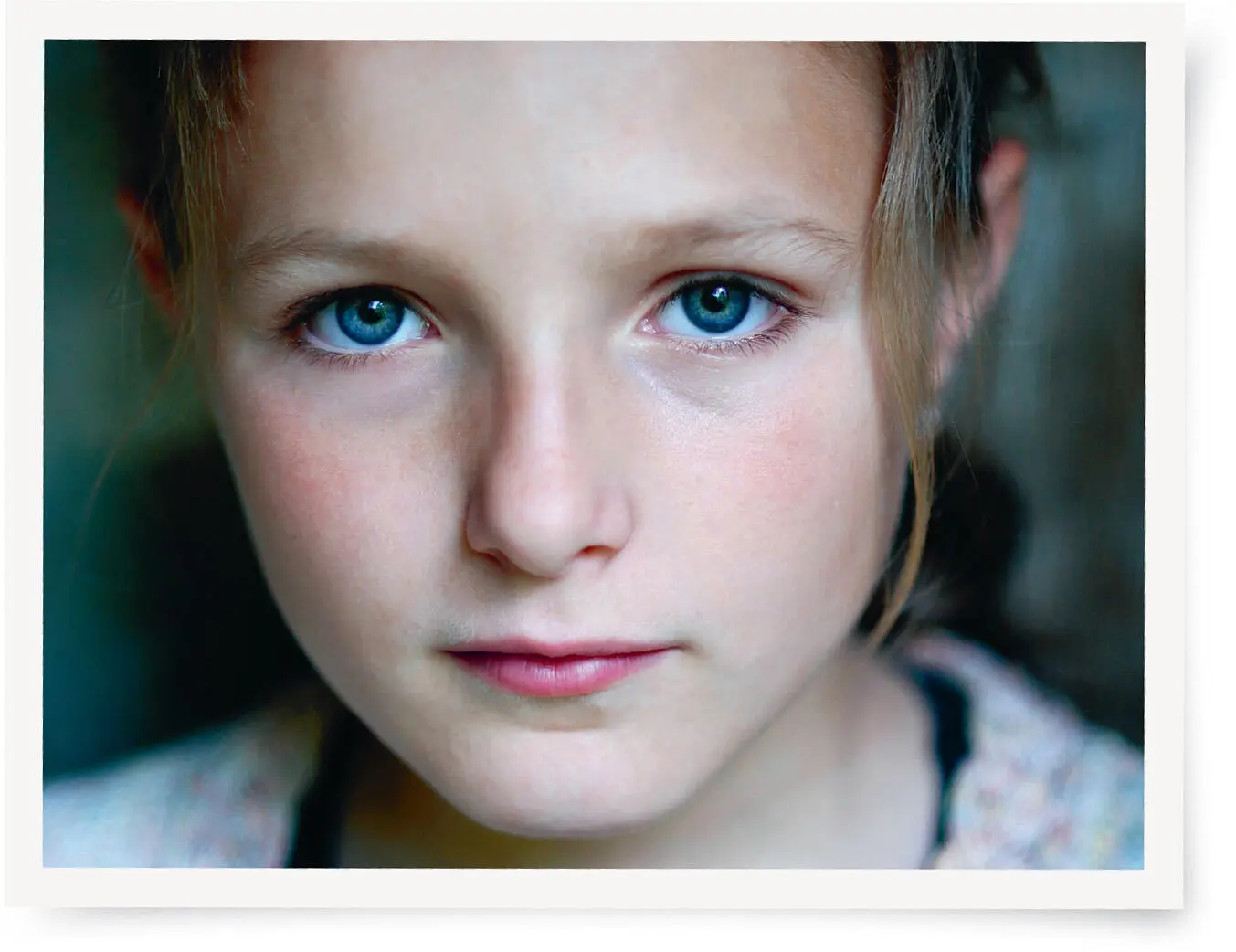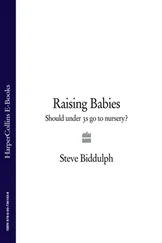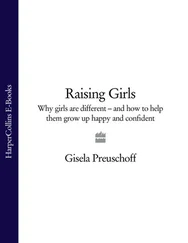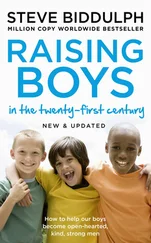We know the causes of this change in girlhood. It’s partly the explosion of social media and the amount of time we spend on screens, but also the pressured and competitive way we live today. The disappearance of spending time with older, wiser, kinder people in the real world, as well as time in nature, being playful in a relaxed, dreamy way that is best for growing young brains.
We know what is needed to help a girl grow up strong and free, and it’s not what television, the internet, magazines or billboards are telling her. It’s also not testing in primary school. Nor it is looks, being hot, being cool, pleasing boys or fitting in to tidy models of corporate success (unless that’s really what she wants!).
So here, from the front line of working with girls and their parents, are the ten things that girls need most. This book works by building self-awareness, clarity and purpose. By enlivening your own parenting instincts. By giving you the best information, then letting YOU choose what to do for YOUR girl, and her friends, and your nieces, granddaughters or students.
It’s a mighty kit bag of tools for liberating your girl. You might even free yourself along the way. After all, we could all do with some liberation.
10 Things Girls Need Most is an interactive book. So here is your first go – what is your gut reaction right now?
(Tick which statement is the closest to how you feel.)
□ 1.Hell no, I don’t want to know! Hide me from all this.
□ 2.I’m nervous, but I will read on. I love my daughter and want to help her.
□ 3.I am stirred up already and want to get kicking. Let me loose!


YOUR DAUGHTER’S JOURNEY
Your daughter is unique. There is no-one like her in the whole world. And she has a unique reason for being here, a purpose to discover and unfold in her life. Your part in this is huge, and it all begins with appreciating her. Seeing her more deeply than anyone else, and loving what you see. Nurturing what is good, and getting to work on what needs to be strengthened.
This self-evaluation will help you to get clear about two things. Firstly – the girl she is now. And secondly – the woman she will become – with your help. It’s a beautiful exercise to do. So, let’s start…
1.I have _____ daughter/s.
If you have more than one daughter, choose one girl to focus on during each exercise throughout the book, then return and do the others later.
2.Her age is:
0123456789101112131415161718192021older? _______
3.Her name is:

The Girl She Is Now
Three things I like and admire most about her are:

What I notice is changing the most about her is:

What I want to give her the most is:

What I think she gives me the most is:

The Woman She Will Become
Now that you have a clear view of your girl, it’s time to look to the destination .
The woman you want her to become.
Imagine your daughter when she is twenty-five years old.
Imagine that she has turned out as you would have hoped in your heart that she would.
What three qualities do you hope that she will have, that people will see in her, or experience in her?

What do you notice when you compare the ‘hoped-for qualities’ and the ones she already has?


Your daughter is unique. There is no-one else like her in the whole world.
WHERE IS SHE NOW?
Now you have focused on what your daughter is like and the goals you have for her, we can get started on helping those goals come true. We can find out exactly where she is on the journey. This will help you to know what is needed right now.
As parents, we know that our mission is not just about getting kids fed, washed, off to school and having fun on weekends. We also know that it’s going somewhere. Every day, little by little, your daughter is moving closer to womanhood. There is a journey that she is on, and you are her guide. So you need to have a map.
In my book Raising Girls, I set out a map of the major stages of girlhood. These stages are now used by thousands of parents around the world. These are simple and you will recognize them if you think about the girls you know.
Zero to two, two to five, five to ten, ten to fourteen, and fourteen to eighteen are each a distinctive stage based on what is the main thing going on at that age. (Of course, they overlap, and the timing varies from child to child – but not a lot!) The stages help you to know what to concentrate on, what matters most.
In the overwhelming time of parenthood, you can easily lose the wood for the trees, the baby with the bathwater, or the teenager behind the temper. The stages help you stay on track.
Here is each stage with its main lesson. Or put another way, the single most important thing to focus on at her age:
| 0–2 |
Is she loved and SECURE? |
| 2–5 |
Does she feel confident and encouraged to EXPLORE the world and enjoy it? |
| 5–10 |
Has she got the skills to make FRIENDS, have fun, and get along with people in general? |
| 10–14 |
Who is she, as a UNIQUE person – what are her values and beliefs? |
| 14–18 |
Is she PREPARED and trained, practically, to enter adult life? |
The existence of these stages are something parents learn from experience. For example, if a friend asked you to mind their two-year-old for a day, you could expect a busy time. The day might be fun, but not exactly serene. If a fourteen-year-old was joining you for dinner, you might expect a certain awkwardness, mixed with moments of pure delight. The stages are universal, and timeless. And fortunately, we know how to make them go well.
Читать дальше



















